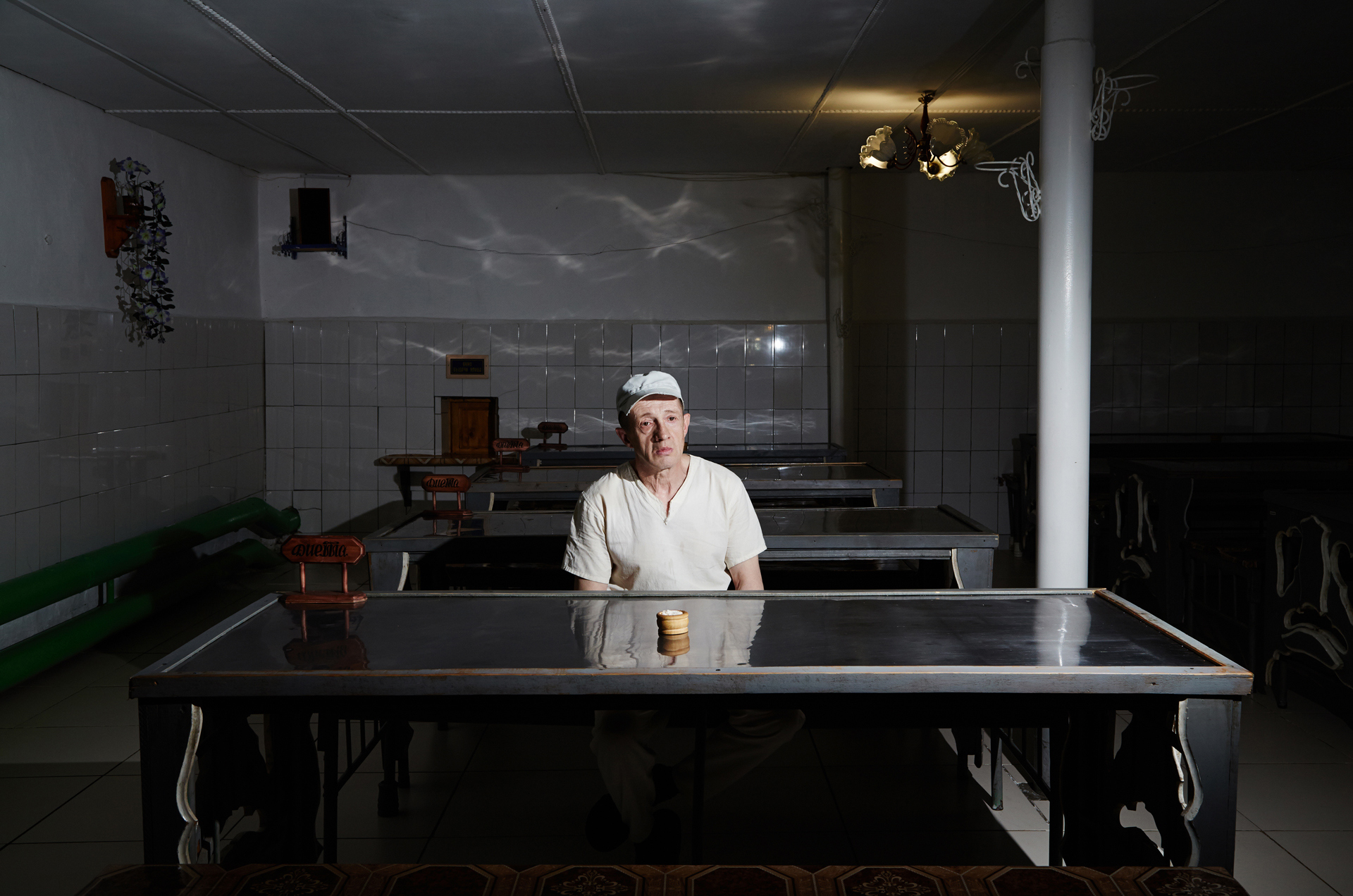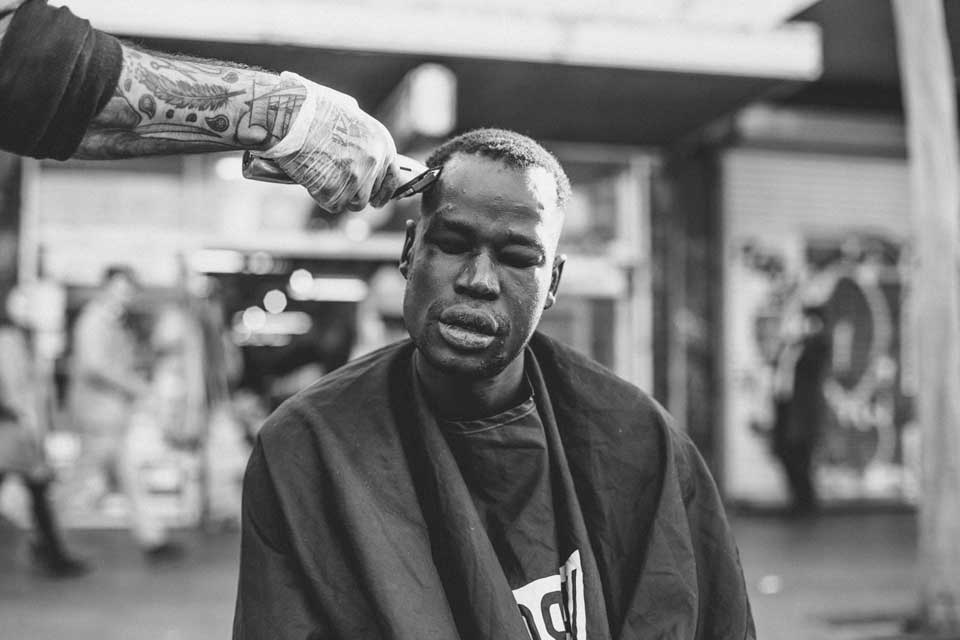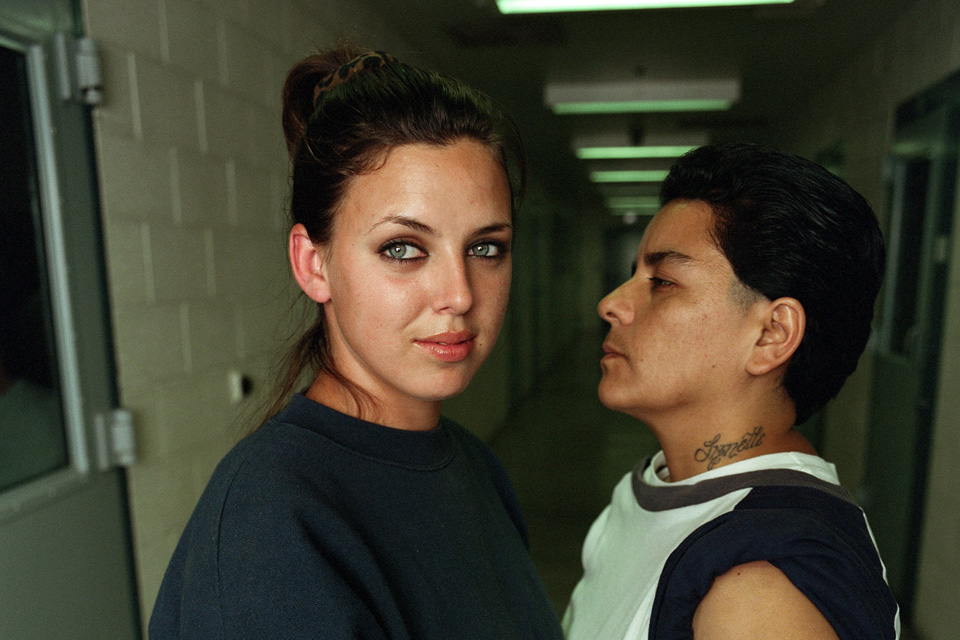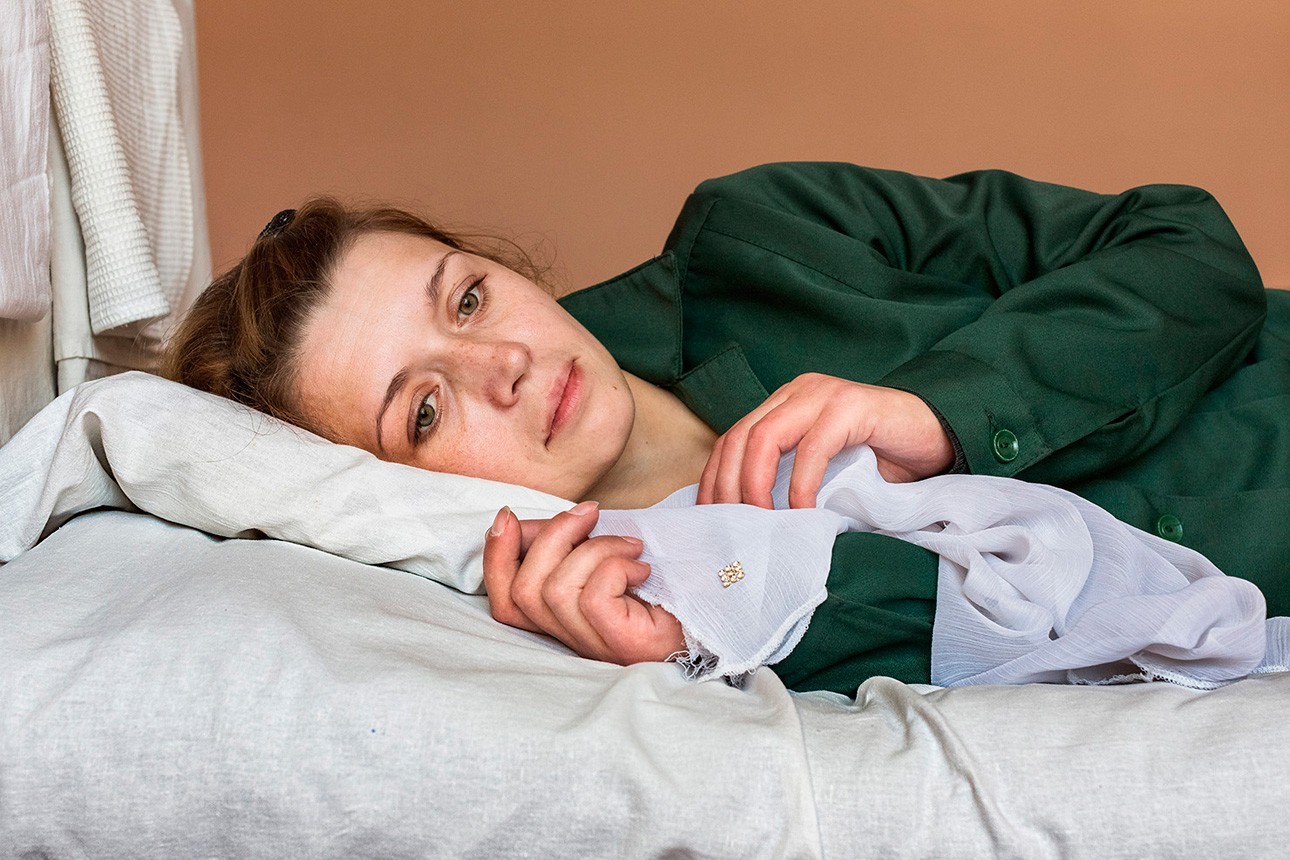Consider the Consequences: ‘Correctional Education’ of Children in Jail
In March 2016, the Facebook page of Bibb County Sheriff’s Office, GA, posted an announcement about launching the correctional program for troubled teens called Consider the Consequences. The program offered desperate parents to entrust the re-education of their delinquent children aged between 9 and 17 literally to jail.
The goal of the initiative, according to the post, is to “help kids stay in school, graduate and begin a successful career”. The website of county sheriff David Davis specifies that the program was developed to “allow youth to see that certain choices they make can bring on the consequences that may get them in trouble, land them in jail, or even worse, death.” It is eight hours long and includes a tour around the jail with full immersion for the participants: they are placed in a cell, fed a prison ration, and left one-on-one with real inmates.
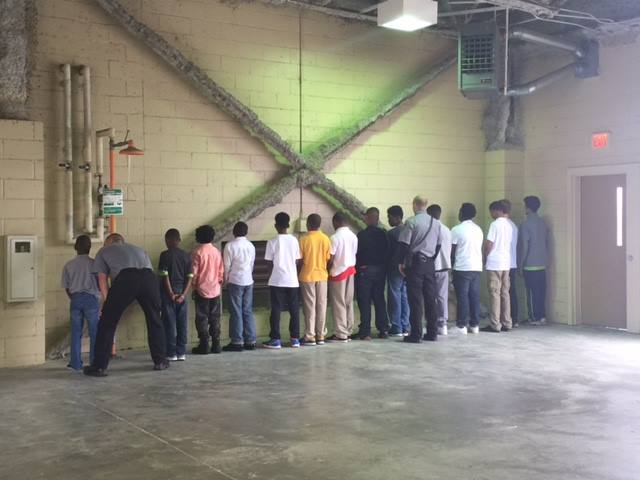

When the journalists of Crime Watch Daily joined the kids on one of these tours, they saw that the inmates yell at kids and make them perform humiliating tasks like cleaning the toilet without gloves. The journalist showed her footage to the sheriff, the judge who oversees the program and the mother of a 9-year-old Travontae Releford who was caught stealing and got enrolled in the program. And all three of them said that these measures were justified. However, despite the lesson that he learnt, two weeks after visiting the jail, Travontae got in trouble again — he was suspended from the school bus for bad behavior.
Forensic psychologist Judy Ho also criticized the abuse of the trouble teens: “The program like this can actually harm them, it can traumatize them. What do traumatized children do? They often act out, they often turn to a path of crime.”
The story about the re-education of juvenile delinquents, Consider the Consequences, in Bibb County, GA, USA
Consider the Consequences is not the first attempt to re-educate children in the US with tough measures. In the late 1970s, the national television aired a documentary called Scared Straight! about juvenile delinquents who were left in one room with real criminals for three hours: a drug dealer who forged documents; a gang member; an arsonist who manufactured bombs; the son of a mafia informer; and a 17-year-old car thief who was selling the parts of stolen cars.
The movie received an Emmy Award and an Oscar for the best documentary feature film in 1979. The success inspired the director Arnold Shapiro for a TV series and many states for implementing a similar program. However, the awards did not save either the movie nor the idea of ‘scaring straight’ from criticism. The public was appalled at the swearing that was first aired on US television on Scared Straight!. Those who opposed the scaring approach were no less concerned by the negative effect that the program had had on its participants.
In addition, two underage characters in the movie did not escape jail: one spent most of his life behind bars, the other raped and murdered his neighbor four years after the movie was aired. And while this drew more attention to the TV series that extended for nine seasons, it raised the question of the appropriateness of such punishment once again. So the parents of today’s troublemakers should probably look into softer measures.
New and best
